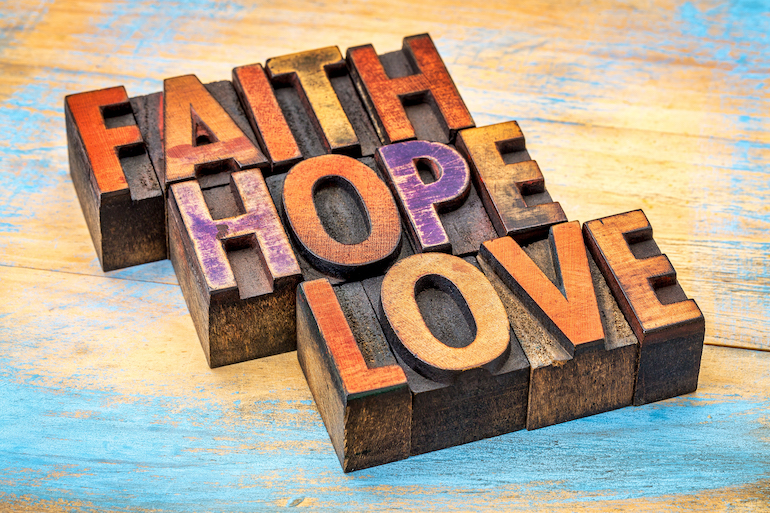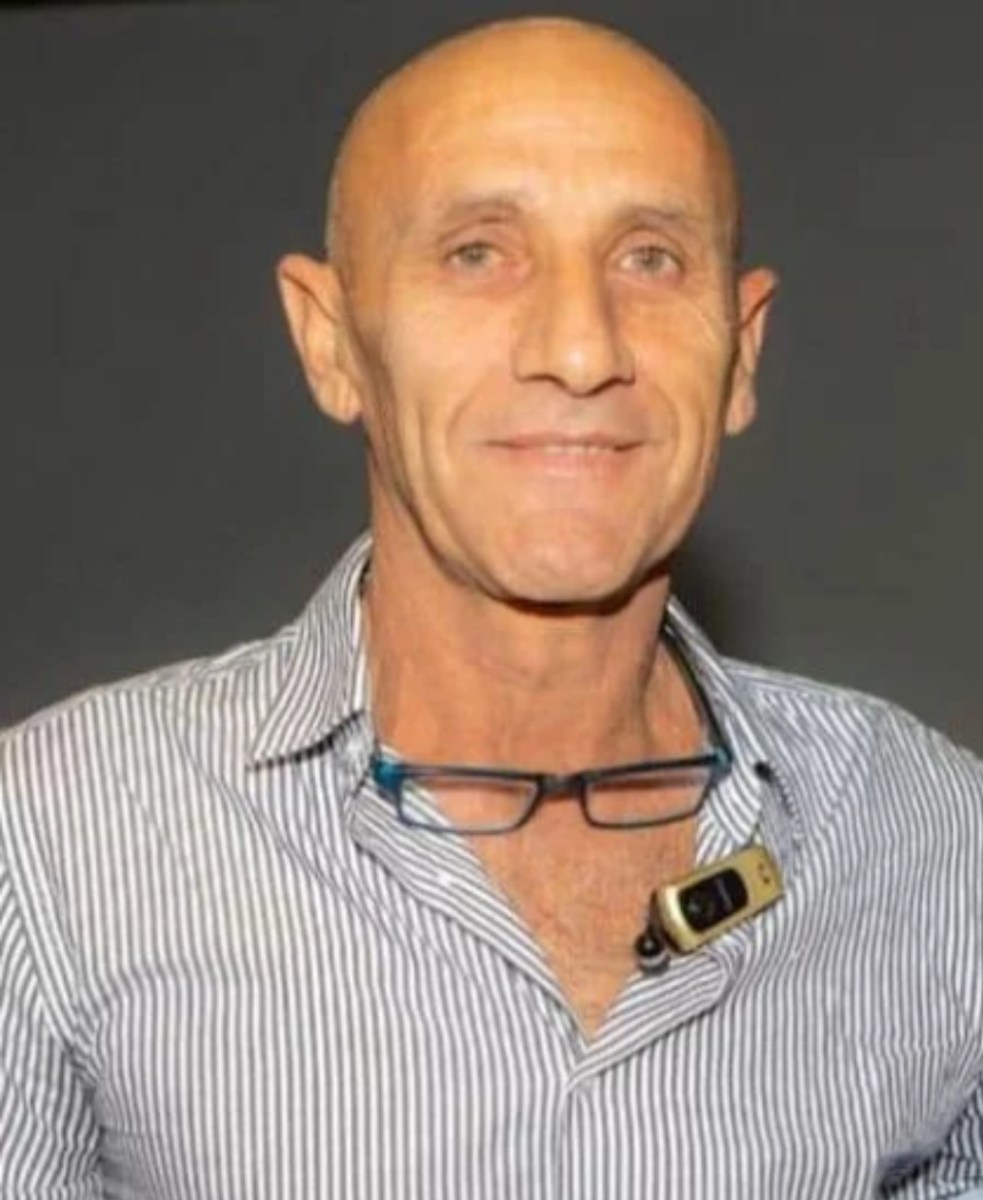Keeping the Faith: Virtual Worship on the East End

It’s become trite to say that we’re living in tough times right now, but that doesn’t make it any less true. The global pandemic has shaken the world to its core, and the need for isolation and social distancing are keeping people away from one another when the natural inclination is to turn to community for comfort. And for people who look to their faith during times of crisis, the lack of in-person worship and services can be especially challenging. As two major religious holidays arrive—Passover begins Wednesday, April 8 and Easter is Sunday, April 12 and April 19 in the Greek Orthodox church—how do we celebrate? How do we keep our faith in a time like this? And how can we continue to look to faith for comfort and hope when we can’t even go to our places of worship?
Thankfully, we’re also living in a time of technology that is advanced enough to make it easy to connect with others virtually, and religious organizations of the East End are making it convenient and engaging to connect and worship remotely. “Now more than ever, people are in need of social connection despite being physically at a distance,” says Rabbi Josh Franklin of the Jewish Center of the Hamptons (JCOH). “We are working to create virtual experiences that build community, and keep people [together] amidst a virus that not only attacks our communities physically, but emotionally and spiritually.” Franklin notes that the response has been huge. “In the past weeks we have seen more people attend our virtual Shabbat services than in-person services,” he says. “We had close to a hundred participants for both our Friday and Saturday services.”
Pastor Linda Westerhoff Maconochie of the First Presbyterian Church (Old Whalers’ Church) in Sag Harbor echoes the sentiment. “It’s been really good. We’ve gotten way more people watching than would normally come to church on Sunday, and the people that normally come to church are happy to have it,” Maconochie says. And Father Constantine Lazarakis of the Dormition of the Virgin Mary Greek Orthodox Church in Southampton adds, “We have 300–400 people logging in to see our services online. People are sending me pictures of what they’re doing for Sunday services.”
Technological hurdles are a challenge, but not insurmountable. “Whereas we once thought live-streaming services would be an augmentation to our existing service, it has now become our only platform. To that end, we are working to figure out how to worship together,” Franklin notes, explaining that JCOH has been using Zoom as a platform. Maconochie notes that “we’ve been busy learning the new technology.”
While large in-person seders will not be taking place this year, JCOH has a plan. “We are having two Virtual Passover Seders, on the first and second nights of Passover,” Franklin says. “Passover is a time for gathering and being with families and friends. While we might not be eating the same food or drinking the same wine this year, we will still be able to be together through Zoom. Moreover, we’ll have the added benefit of now being able to fit more people at our tables.” Meanwhile, both the First Presbyterian Church and the Dormition will host virtual Easter services. “Easter is our apex,” Lazarakis says.
Maconochie feels that “there is hope and resurrection and God is unchanging even as the world changes.” These virtual services bring people comfort and hope. “The surge in attendance isn’t because of the ease of attending,” Franklin says. “It’s because of the need for community now more than ever.” Lazarakis notes that “This isn’t the first time a church has been driven from public worship,” referencing the Soviet era, when religious practices not approved by the government were forbidden. “People would celebrate the divine services in their home behind locked doors,” he says. “The faith adapts to whatever is working against it.”



